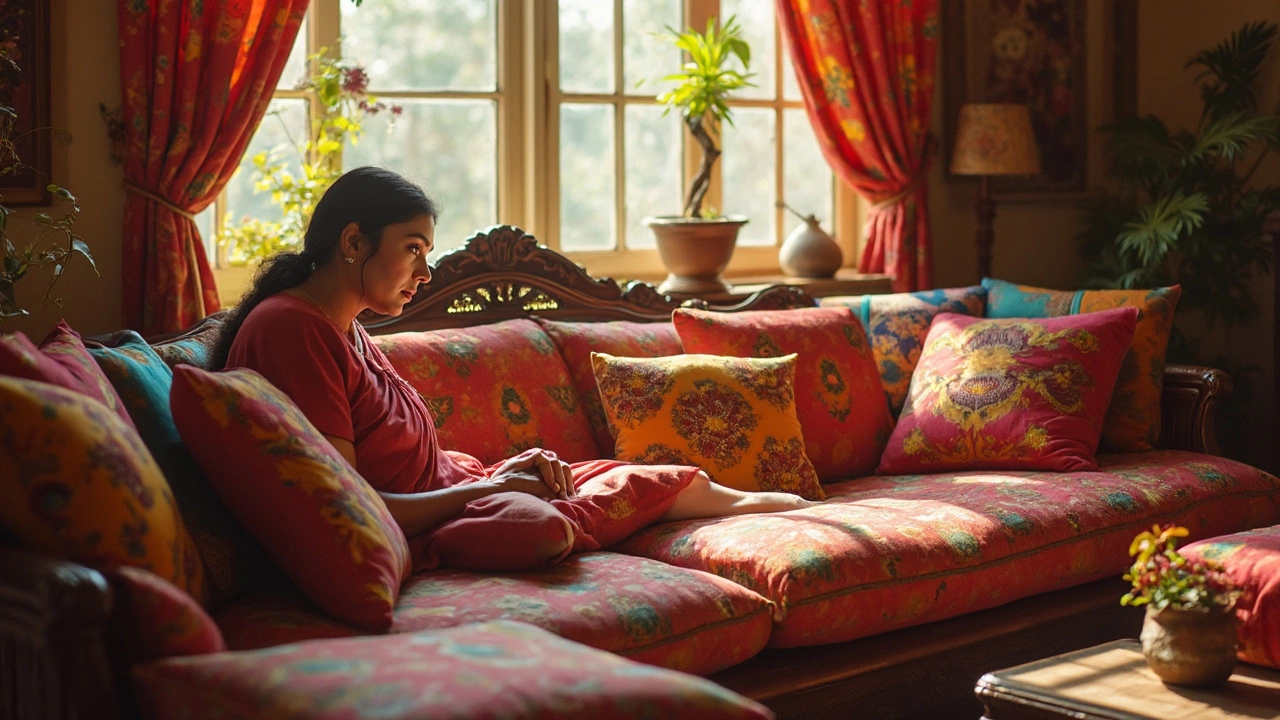
Cushions That Keep Their Shape: What Really Works?
Tired of cushions that go flat after just weeks of use? This article digs into which cushions actually hold their shape over time and why. Find out what materials and fillings work best for firm, supportive seating. Get tips for choosing durable cushions, and learn how to keep them looking and feeling like new. No fluff—just honest advice for a more comfortable home.
View More